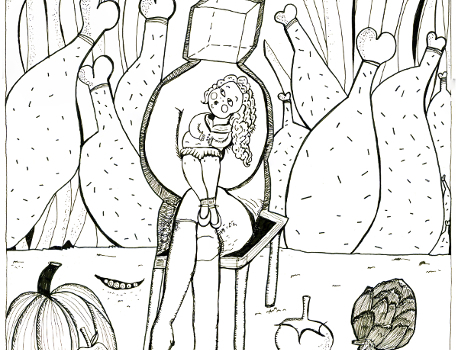A choice architect is the person who organizes the context in which people make decisions.
For instance, choice architects are the doctors describing the available treatments to their patients, or human resource administrators arranging health care plan options for their employees, or parents explaining the education possibility available to their teenage son, and so on…
This is important because people’s choices are indeed affected by the context in which decisions are taken. Think about marketing strategies in supermarkets where the products the owners want to sell most are usually placed at their target customers’ eye-level.
In public policy, however, promoting certain actions instead of others is considered to be “paternalistic”. Among economists, the fever of anti-paternalism is prevalent and scholars normally argue that people’s free choice is almost holy, and should not be influenced.
Nevertheless, every decision is made under a certain context. When reasoning about arranging choices, there can be two main types of arrangements. One can keep the available choices to get people to choose the same option they would choose on their own, so that their freedom of choice is not altered. In alternative, choices can be arranged to achieve particular goals recognized by the choice architects.
Assuming that the choice architect is a utilitarian, he believes that an action is right if it leads to more happiness for the greatest number of people. Anti-paternalists argue that increasing social welfare is not necessarily superior to ensuring freedom of choices. However, some choice arrangements could enhance social welfare without refraining free choices.
Imagine your are the director of the food service at a public school. It is known that foods displayed at the beginning or at the end of the line are more likely to be eaten than items in the middle. What would you do to arrange food?
Which choice is more ethical? Here are some options:
- Arrange the food so that kids eat more fruit and vegetables, fewer burgers and sweets.
- Choose the food order at random.
- Try to arrange the food to get kids to pick the same foods they would choose on their own.
- Maximize profits.
Starting from option 4 first: as a director of a food service who tries to behave ethically, you don’t want to focus on profits if the result is to make children less healthy. Option 3 seems neutral and honorable. But we already know that what kids will choose depends on the context. Do children have actually true preferences “on their own”? How do we manage to know their true preferences without providing any context? Think about option 2 now, which seems fair at the first glance. But is it really practical to change the menu and the displaying of foods every now and then within the school? If the orders are randomized across schools, is it fair to kids who happen to study in schools with less healthy menus?
Arranging the order is therefore inevitable while using random arrangements is also a choice. By putting less healthy foods to less salient places on the line (instead of eliminating them from the menu), we nudge people to eat healthier without restricting their liberty. For those kids who are susceptible to context, option 1 therefore promotes high welfare, and still, those who want less healthy foods as a sensible choice can still choose what they prefer.
The idea of choice architect has been applied and proved useful in public policy making in several occasions. For instance, enrollment rates in tax-favored savings plans is 50% higher when employees are automatically enrolled compared to when they have to opt-in (Choi, Laibson, Madrian, & Metrick, 2002, 2003, 2004; Madrian & Shea, 2001). Similarly, organ donation rates are over four times higher when the consent to donate is assumed, with respect to when it needs to be given explicitly. It is worth noticing that ethical concerns could be raised for sensitive choices such as medical choices. In these cases, Keller et al. (2011) suggest to explicitly demand an active choice to the person.
We have seen that paternalism does not always involves coercion. Actually, some types of paternalism should be acceptable to even the most ardent libertarian. Such a possibility to choose, as in the food for school example, is called libertarian paternalism.

